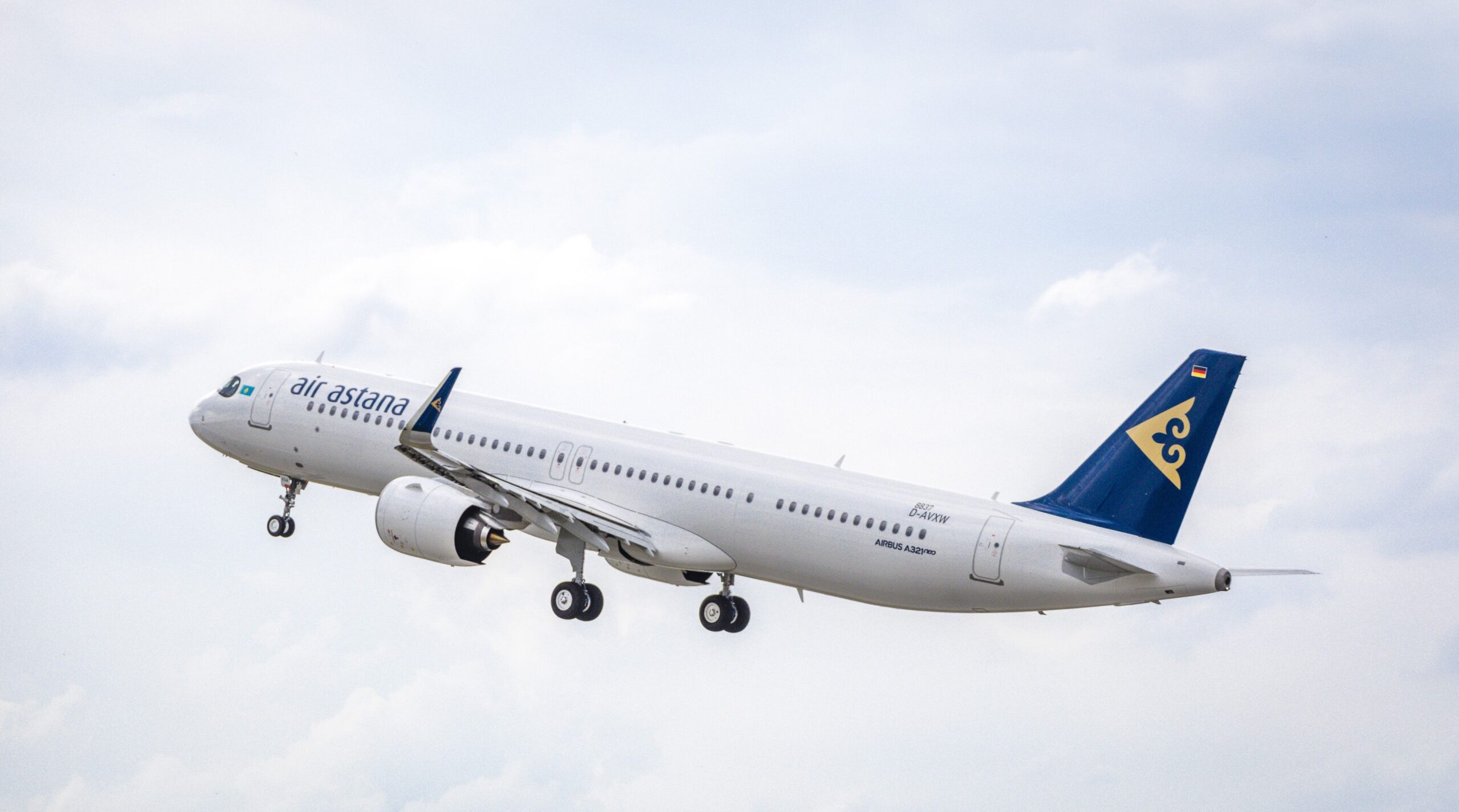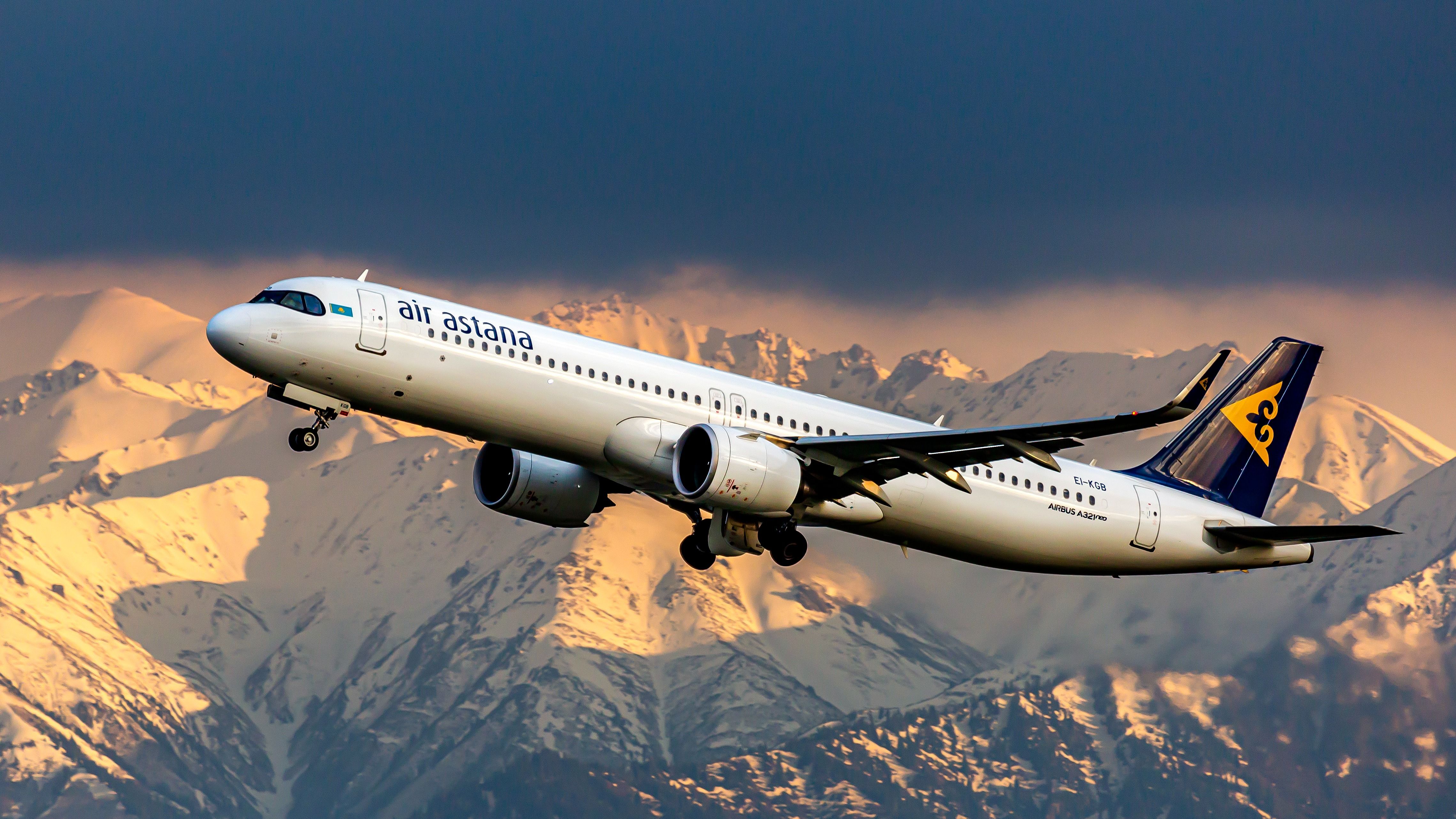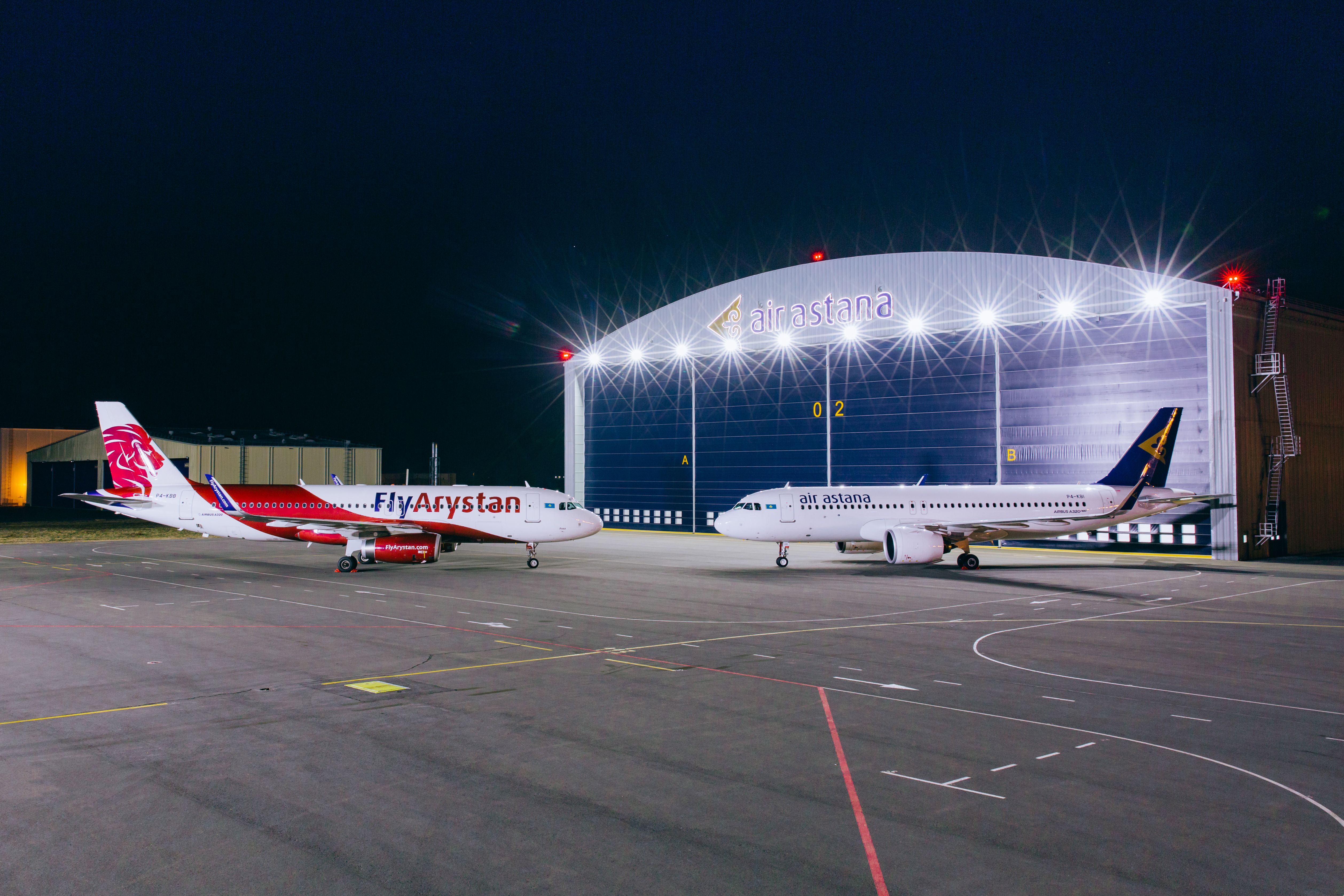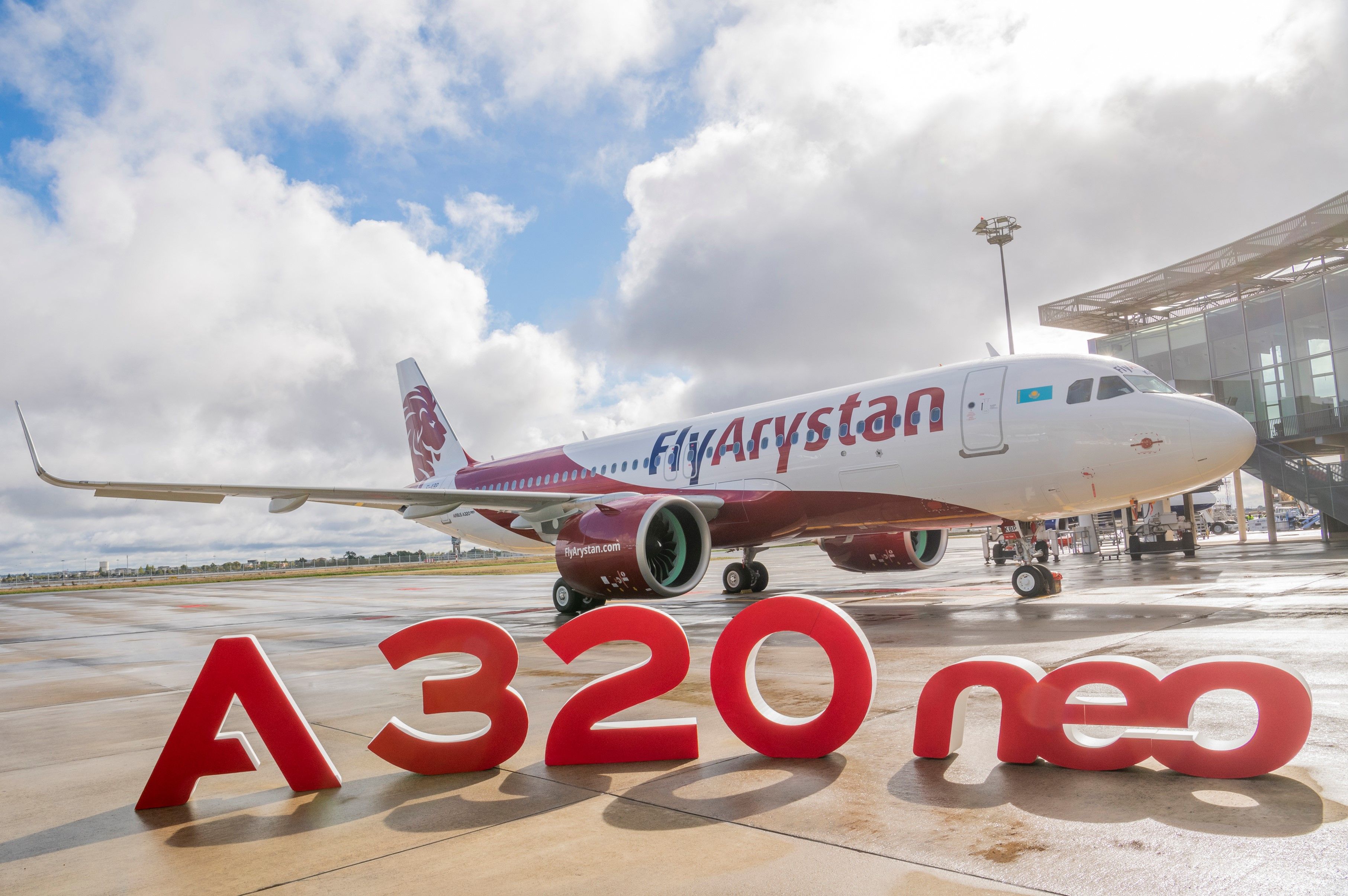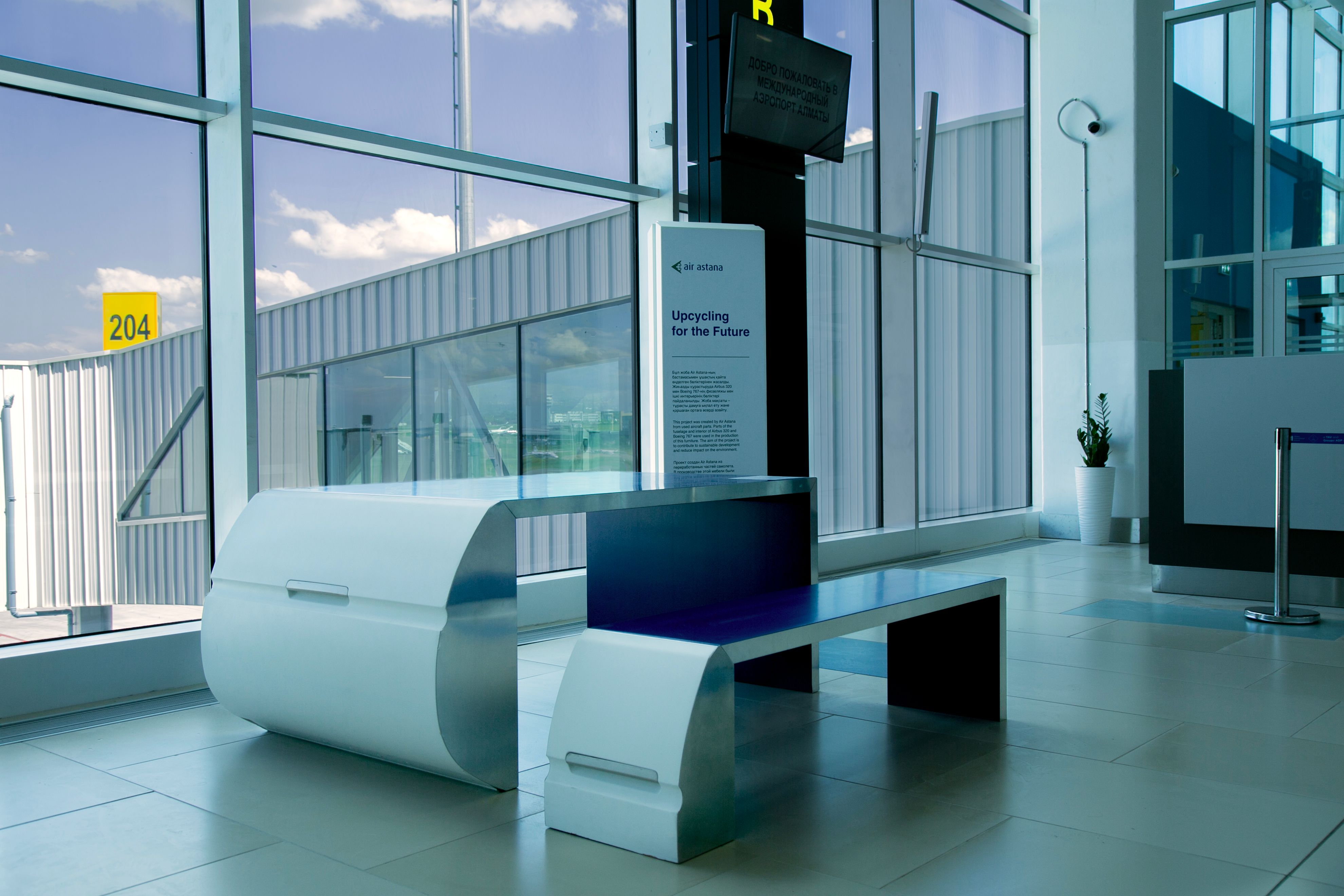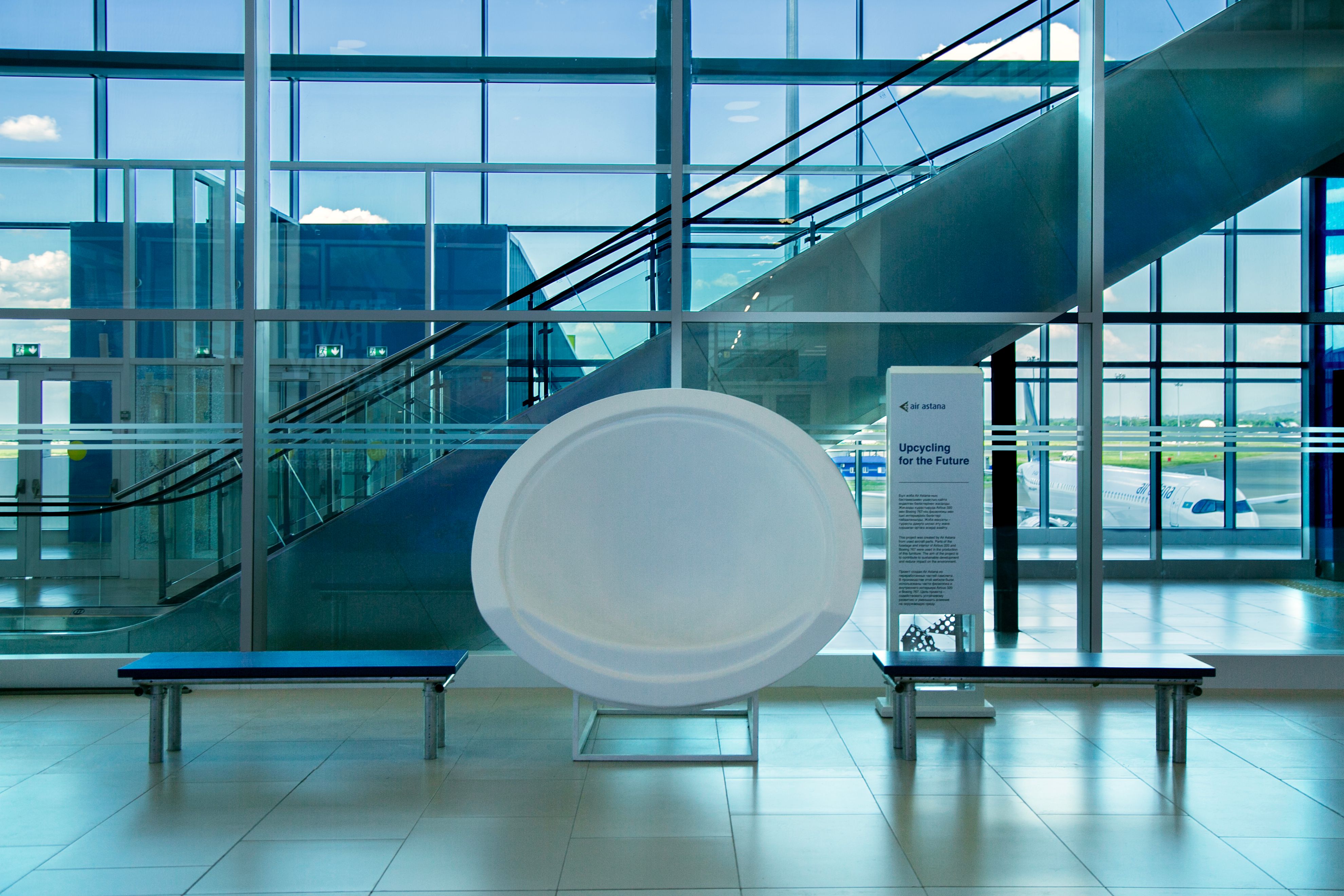Summary
- Developing a sustainable aviation fuel supply chain will cost billions and require support from major companies and governments.
- Air Astana and KazMunayGas co-financed a study on SAF production in Kazakhstan, which provided actionable recommendations for future development.
- Air Astana’s commitment to sustainability is also evident in its ‘Upcycling for the Future’ project, which turns aircraft parts into functional pieces.
Right now, there are two effective ways for airlines to cut their carbon emissions, but implementing those solutions relies on a supply chain still facing challenges in the post-pandemic era.
An experienced partner
Central Asian airline Air Astana is already pulling the first lever, fleet modernization with new-generation aircraft, and this week, it announced a proactive step on the second, the development of a home-grown sustainable aviation fuel industry.
Photo: Air Astana
It’s patently obvious that developing a sustainable aviation fuel (SAF) supply chain will cost billions and require major companies, including existing energy providers and governments to stump up the cash to move the project forward far more quickly than is happening today.
That’s beyond the balance sheets of airlines, most of which struggle to make a profit. What more could do is follow the lead of Kazakhstan airline group Air Astana, which has worked with some highly credentialed partners on the future of SAF in Kazakhstan.
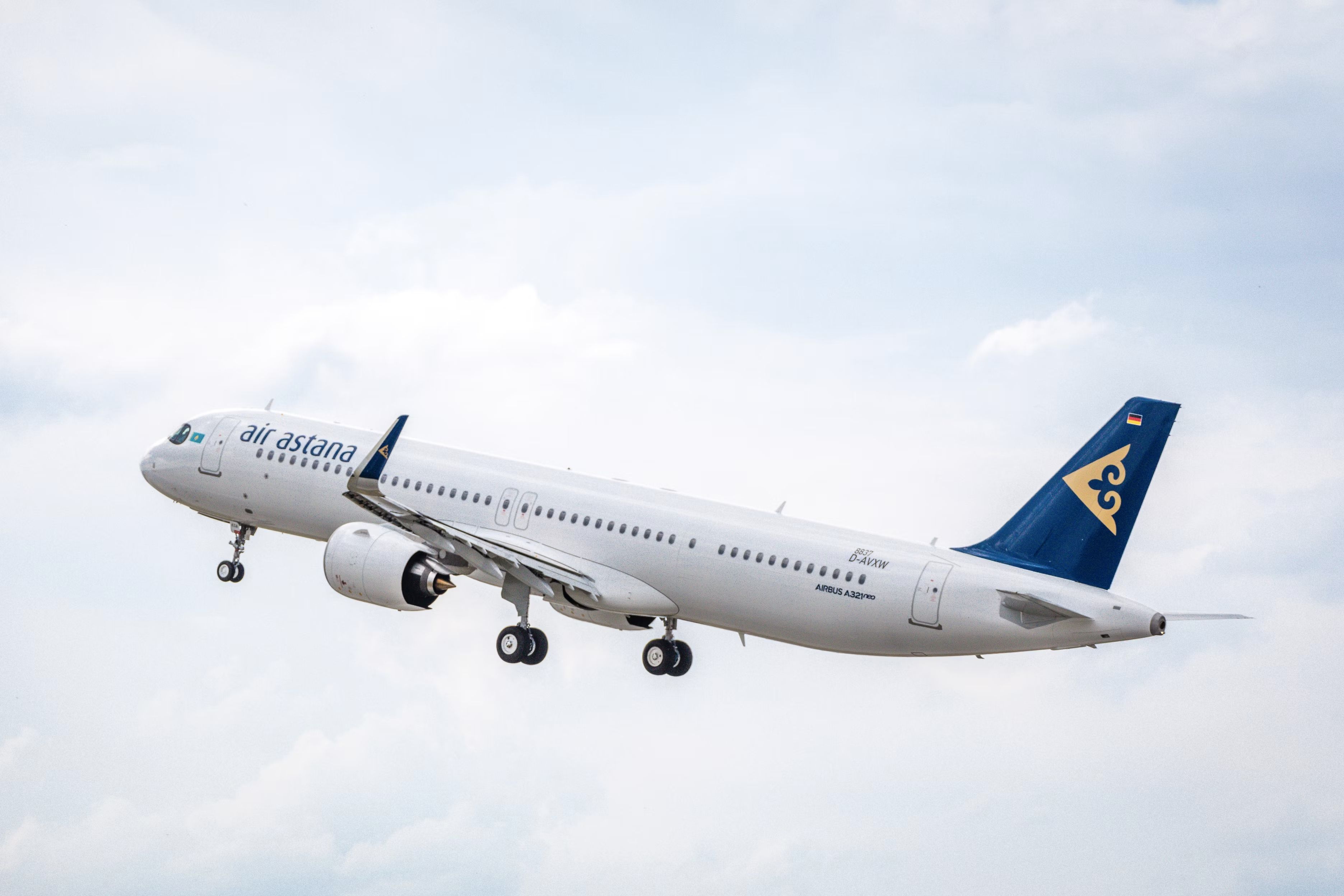
Related
Air Astana Reflects On A Successful 2023 And Sets Up For 2024
In 2023, Air Astana and FlyArystan laid the foundations for more expansion, growth and success in 2024.
For the project, Air Astana teamed up with KazMunayGas, the nation’s leading vertically integrated state-owned oil and gas company. The pair co-financed a pre-feasibility study on the production and utilization of SAF in Kazakhstan, a project initiated by the European Bank of Reconstruction and Development and supported by the Aviation Administration of Kazakhstan.
Global consultants and technology services provider ICF conducted the study, which reviewed decarbonization strategies, analyzed the global SAF landscape, and examined both supply and demand dynamics. Perhaps the most difficult nut to crack with producing SAF is sourcing the feedstock and building up that supply chain to a refinery, so it was sensible that the study also investigated that aspect.
Photo: Air Astana
The comprehensive study assessed the various technologies available for producing sustainable aviation fuels to determine which ones would be most suited to the Kazakhstan market. In its announcement on July 17, Air Astana said the outcome was “actionable recommendations” for the next steps in SAF market development in Kazakhstan.
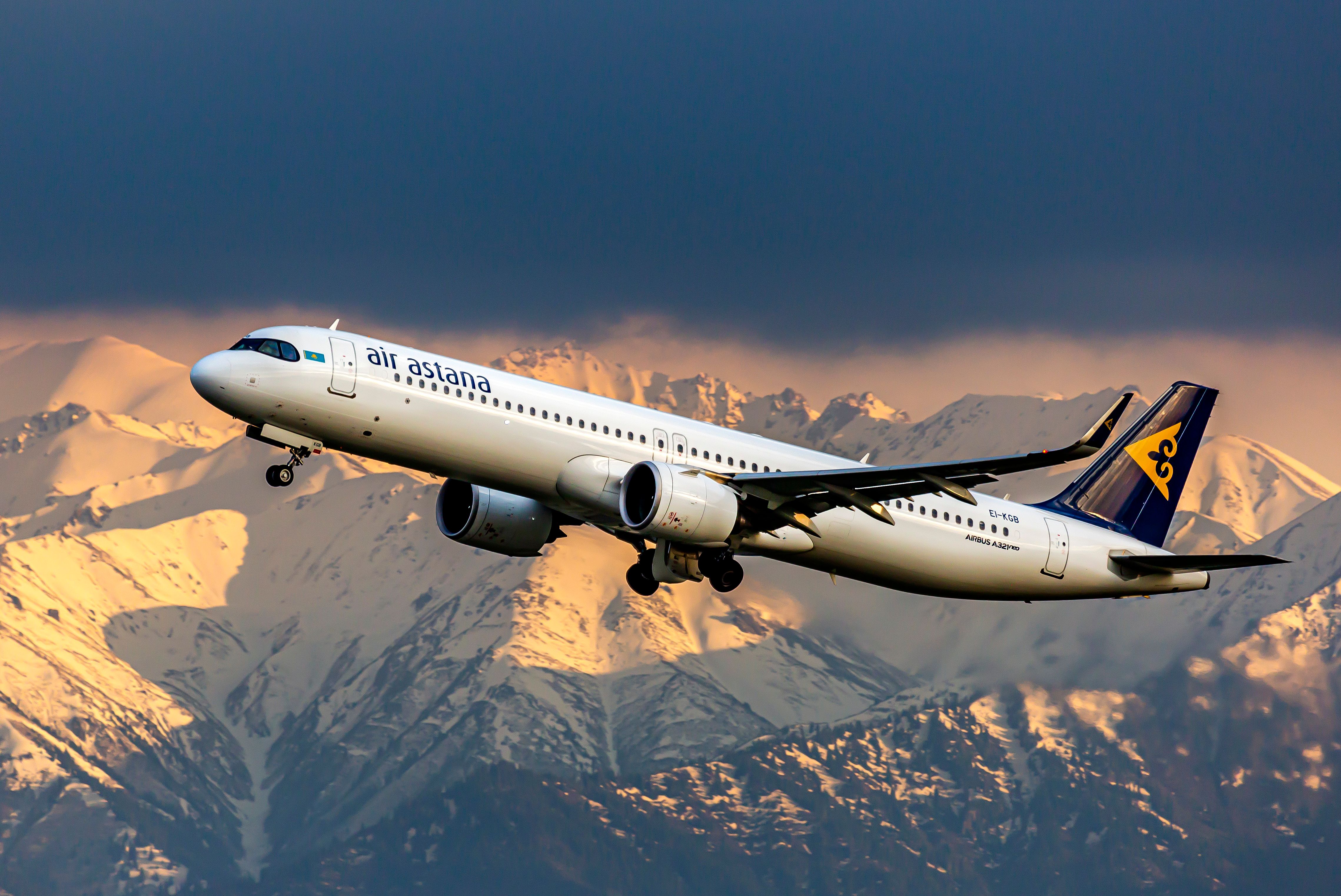
Related
Air Astana Posts Impressive $69M Profit Alongside Record Passenger Numbers
The airline posted its second highest profit after setting a record in 2022.
It will be interesting to learn more about those actionable recommendations and what the next steps are for developing SAF production in Kazakhstan. For now, adding Airbus A320neo Family or Boeing 737 MAX jets is the quickest way to reduce an airline’s carbon emissions, but with Boeing in disarray and Airbus challenged by supply chain issues, new aircraft are hard to come by.
Photo: Airbus
In June, Air Astana received its latest Airbus A320neo, the 47th Airbus family aircraft in the Air Astana Group fleet, which includes low-cost carrier FlyArystan. According to ch-aviation, Air Astana has 11 Airbus A320-200s, 17 A320neos, two A321-200s and two A321LRs, three Boeing 767-300s and five Embraer E190-E2 jets.
Turning scrap into seats
While recycling aircraft is not mandated, Air Astana has worked on it with local artists in Kazakhstan as part of its ‘Upcycling for the Future’ project. The program involves recycling used aircraft parts into creative pieces of art, including some functional furniture that is now installed in the new international terminal at Almaty Airport in Kazakhstan.
Photo: Air Astana
Air Astana is committed to the principles of sustainable development, and Director of Compliance and Sustainability Yulia Lim said the Upcycling for the Future project is an example of the company’s careful approach to managing resources and recycling, which is a strategic priority.
“We are delighted that this unique aircraft furniture is being installed in the new Almaty Airport international terminal where passengers will be reminded of the importance of sustainable development.”
Photo: Air Astana
The furniture items on display at the airport were produced by local artists using parts from an Airbus A321 fuselage and interior structures from a Boeing 767. The current fleet has an average age of just seven years and keeps getting younger as more new aircraft arrive, so they won’t be turned into tables any time soon.
There is a serious side to this, as it is another example of the steps Air Astana is taking to promote sustainability and reduce aviation’s environmental impact. The project has been running since 2022, with finished pieces exhibited around Almaty, although it must be novel for passengers to see the artwork in the airport that has come from aircraft they may have flown on.

